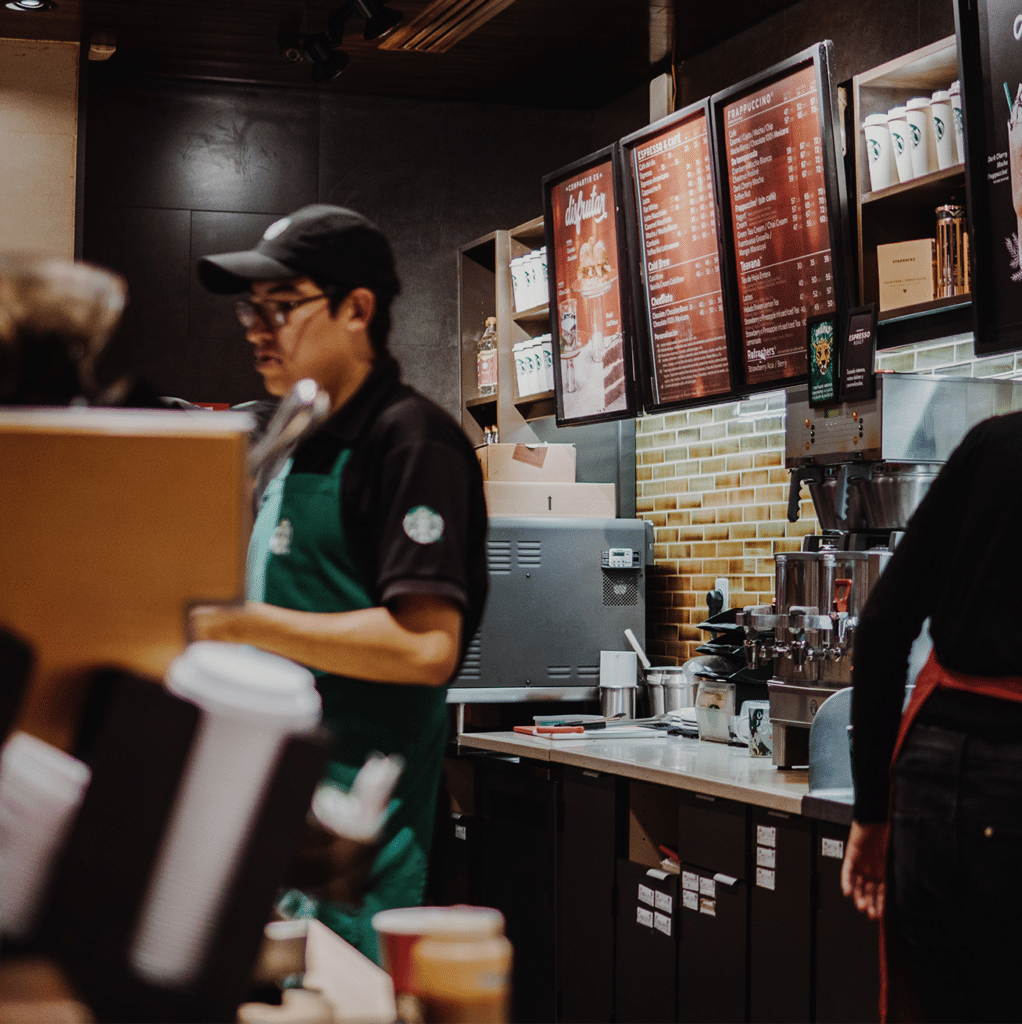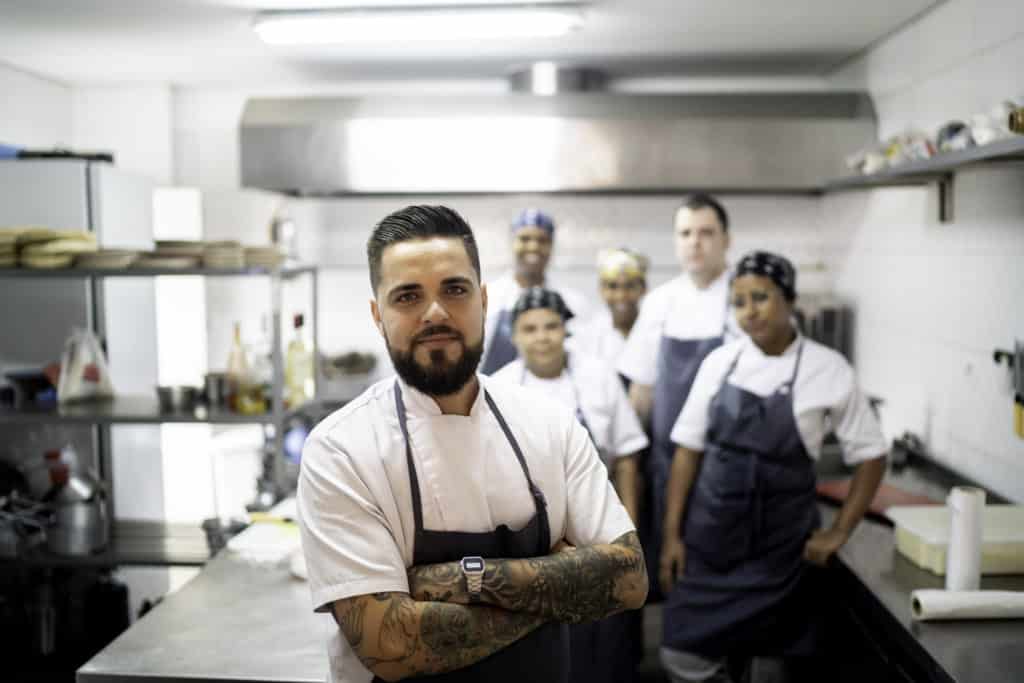Restaurant staffing is currently top of mind for every operator. It’s a candidate’s market, so competing with other restaurants goes beyond offering higher wages and providing benefits to hourly workers. Now, the speed at which you hire top restaurant talent can be the difference between landing those sought-after employees or losing them to the competition.
Some operators might worry that hiring too quickly can lead to hasty decisions and choosing the wrong candidates but recruiting faster does not mean that you ignore your standards. It’s important that you hire the right employees. But, in a candidate’s market, the longer your restaurant business deliberates on a hiring decision, the more likely you’ll lose the candidate to a competitor.In the current restaurant staffing crisis, the top candidates can pick and choose the restaurants for which they want to interview and work, making the recruitment and selection process for restaurants incredibly important. The process must be nimble, without unnecessary steps or delays.
Quickly responding to each candidate and application is a key part of a successful recruiting strategy.
Your store-level managers often hear, “I wish you had offered me the job yesterday. I just accepted another offer.” And, as above store-level restaurant management, you know that managers keep hearing those words from applicants because your restaurant group’s hiring process is too slow.
Time to hire measures the length of the hiring process from posting a job through offer acceptance. How can you improve your recruiting strategy and accelerate your speed to hire?
Start by defining and measuring each step of your hiring process to pinpoint bottlenecks and opportunities for improvement. Consider your applicants’ perspective when trying to speed up the process. Even if you believe your restaurant staffing plan is as quick as it can be, if you’re losing applicants to the competition before you’ve made offers to them, then your hiring process is not fast enough.
To track the time it takes for a new hire to go through the hiring process, identify the stages in your recruitment strategy. It will most likely include a combination of the following stages:
- Applicant’s first point of contact
- First outgoing contact with applicant
- Review application
- Conduct online assessment
- Phone screen
- In-person interview
- References
- Offer
- Background check
- Onboard
Depending on your restaurant staffing model, the number of stages will vary, but use these restaurant staffing tips to speed and streamline your restaurant staffing schedule.
Applicant’s first point of contact
The first point of contact is when your restaurant business first becomes aware of a new candidate, whether it’s a phone call, a form submitted on a landing page, or a full application. Your tracking must identify the timing of the first contact as well as the source of the contact.
First outgoing contact in restaurant staffing
To ensure a positive applicant experience, immediacy is crucial in your first outgoing contact with the applicant, even if it’s an automated email acknowledging receipt of the application.
If the first contact is a phone call, make that call the phone screen. Don’t waste time scheduling a separate phone screen. Train all employees responsible for answering the phone to ask applicants if they have restaurant experience. Then alert them to call the hiring manager to the phone on that first contact if the caller is someone experienced. While this may be out of order in your process, eliminating steps will help you get a jump on the sought-after candidates.
You’ll still want to have these applicants fill out an application and complete an online assessment before scheduling an in-person interview to gauge their serious interest.
Review applications
Reviewing applications must also be immediate. Top talent will be hired quickly, so ensure that you’re reviewing applications as soon as they come in, rather than waiting for them to pile up to review. Based on a typical restaurant manager schedule, this may be a challenge, but it’ important to land top restaurant talent.
Conduct online assessments
Even though you want to attract as many applicants as possible to increase the chances that you’ll find the right candidates, it’s important to weed out the candidates that are not a fit for your restaurant. You can do that with prescreen questions and assessments. Using assessments and prescreening questions that you can send them via e-mail through an applicant tracking system (ATS), allows you to create a barrier for flakes and no-shows. If applicants are truly interested in working at your restaurant, then they will fill out a 10-minute assessment.
Phone screen
While the phone screen might seem like an unnecessary step to some hiring managers, they can minimize no shows for in-person interviews.
In-person interview
Eliminate multiple rounds of interviews. Hourly jobs should not require more than one in-person interview. If you require more than one person to interview candidates, schedule a block of time, then require that hiring managers and other interviewers schedule their time within the block to avoid making the candidate come back for additional interviews.
The in-person interview is where you’ll determine if applicants are a good culture fit for your restaurant in addition to learning if they have the necessary skills, so ensure that your questions are designed to assess both culture fit and capabilities. The most skilled chef is not going to be a long-term employee if the person doesn’t fit in.
Checking references
In speeding up the reference process, look at your requirements. How many references do you require? Must references be from former employers? What references will you require for applicants who are seeking their first jobs? See if you’re being too stringent in your reference requirements that may be delaying your offer.
Extending an offer
With so much competition for a small pool of candidates, it’s imperative to streamline the hiring process to get from application to offer in a timely manner. Ensure that your offer letter include everything it needs to be effective, including job title, name, and title of supervisor, start date, full-time or part-time employment, duties, pay rate, the potential for tips or other compensation, company policies, benefits if any, contingencies (e.g., contingent on clearing a background check).
Background checks for restaurant staffing
Background checks can be a time-consuming part of the hiring process because you have no control other the third party that conducts the checks. If you find that background checks are delaying your ability to extend offers to top candidates, switch to another provider.
Onboarding your new hires
Once you’ve identified the right candidates to hire, the next step in your candidate’s journey should involve an effective and engaging onboarding process. Ensure that onboarding is as streamlined as possible. Your onboarding process should make your new employee feel like a valued member of the team from day one.
Conclusion
Moving applicants quickly through the hiring process must be a top priority for restaurant businesses at any time, but especially now during a restaurant staffing shortage. A fast-hiring process can be the difference between successfully hiring top restaurant talent and losing them to competitive restaurants.
If you’re looking for an applicant tracking system (ATS) that streamlines the hiring process, consider R365 HIRE, an applicant tracking and onboarding system created specifically for the restaurant industry. R365 HIRE makes it easy to attract, hire, and onboard the best employees for your restaurant group and is part of the Restaurant365 all-in-on restaurant management suite that incorporates accounting, inventory, scheduling, operations, payroll +HR, and reporting within one cloud-based platform. R365 integrates with your POS system, vendors, and bank.



